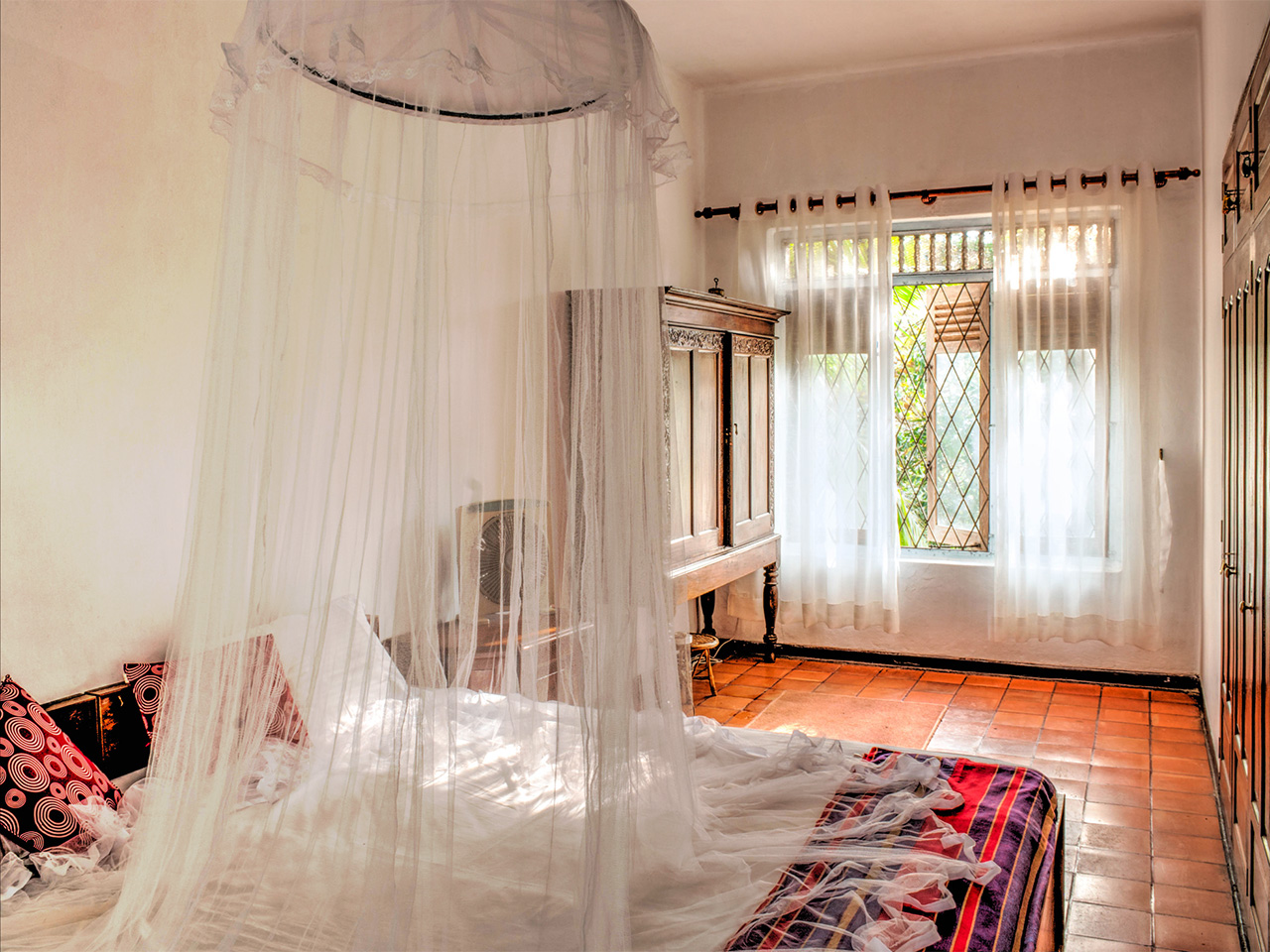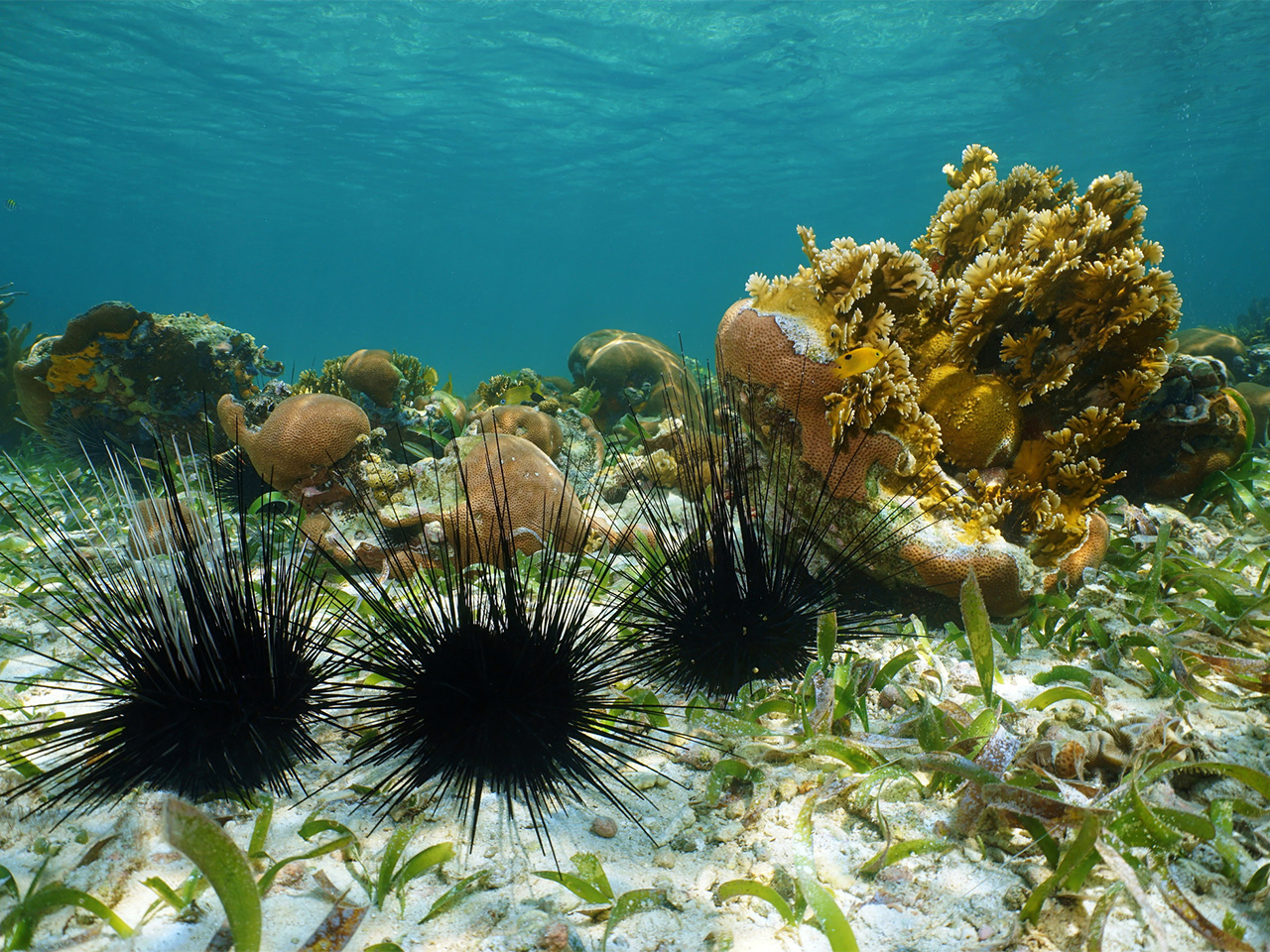Bites and Stings in Belize
Thousands of people dive in Belize’s Caribbean and hike its forests every day of the year without incident. The information on possible bites and stings is only to let you know what’s out there, not to scare you into remaining in your resort. Know what you’re getting into and be sure your guide does as well, and then get into it.
Mosquitoes and Sand Flies

Mosquitoes are most active during the rainy season (June-Nov.) and in areas with stagnant water, like marshes, puddles, and rice fields. They are more common in the lower, flatter regions of Belize than they are in the hills, though even in the highlands, old tires, cans, and roadside puddles can provide the habitat necessary to produce swarms of mosquitoes. The mosquito that carries malaria is active during the evening and at night, while the dengue fever courier is active during the day, from dawn to dusk. They are both relatively simple to combat, and ensuring you don’t get bitten is the best prophylaxis for preventing the diseases.
First and foremost, limit the amount of skin you expose—long sleeves, pants, and socks will do more to prevent bites than the strongest chemical repellent. Choose accommodations with good screens, and if this is not possible, use a fan to blow airborne insects away from your body as you sleep. Avoid being outside or unprotected in the hour before sunset, when mosquito activity is heaviest, and use a mosquito net tucked underneath your mattress when you sleep. Consider purchasing a lightweight backpackers’ net, either freestanding or to hang from the ceiling, before you come south—mosquito nets are more expensive in Belize than at home. Some accommodations provide nets; others are truly free of biting bugs and don’t need them. If you know where you’re staying, ask before you arrive whether you’ll need a net. Once in Belize, you can purchase mosquito coils, which burn slowly, releasing a mosquito-repelling smoke; they’re cheap and convenient, but try to place them so you’re not breathing the toxic smoke yourself.
Sand flies don’t carry any diseases that we know about, but, man, do they suck! Actually, these tiny midges, or no-see-ums, bite. Hard. They breed in wet, sandy areas and are only fought by the wind (or a well-screened room). Don’t scratch those bites! If you do, you’ll not only have massive red bumps on your skin, it will itch for days, even in the middle of the night, and you risk infection. For prevention, any thick oil is usually enough of a barrier— most people like baby oil or hempseed oil, and some swear that a hint of lavender scent in the oil keeps sand flies away too.
Newsletter Signup
By clicking ‘Sign Up,’ I acknowledge that I have read and agree to Hachette Book Group’s Privacy Policy and Terms of Use
Botfly
Also known as torsalo, screw-worm, or Dermatobia hominis, this insect looks like the common household fly. The big difference is that the botfly deposits its eggs on mosquitoes, which then implant them in an unsuspecting warm-blooded host. Burrowing quickly under the skin, the maggot sets up housekeeping. To breathe, it sticks a tiny tube through the skin, and there it stays until one of two things happen: you kill it, or it graduates and leaves home (to witness this, Google “botfly removal” and get ready for an eyeful).
A botfly bite starts out looking like a mosquito bite, but if the bite gets red and tender instead of healing, get it checked out. Though uncomfortable and distasteful, it’s not a serious health problem if it doesn’t get infected. A tiny glob of petroleum jelly or tobacco over the air hole often works to draw out or suffocate the creature; just make sure you squeeze all of it out.
Scorpions, Spiders, and Snakes
Scorpions are common in Belize, especially in dark corners, at beaches, and in piles of wood. Belizean scorpions look nasty—black and big—but their stings are no more harmful than that of a bee and are described by some as what a cigarette burn feels like. Your lips and tongue may feel a little numb, but the venom is nothing compared to that of their smaller, translucent cousins in Mexico. Needless to say, to people who are prone to anaphylactic shock, it can be a more serious or life-threatening experience. Everyone has heard that when in a rainforest, never put on your shoes without checking the insides—good advice—and always give your clothes a good visual going-over and a vigorous shake before putting them on. Scorpions occasionally drop out of thatched ceilings.
Don’t worry; despite the prevalence of all kinds of arachnids, including big, hairy tarantulas, spiders do not aggressively seek out people to bite and do way more good than harm by eating things like Chagas bugs. If you’d rather the spiders didn’t share your personal space, shake out your bedclothes before going to sleep and check your shoes before putting your feet in them.
Of the 59 species of snakes that have been identified in Belize, at least nine are venomous, most notably the fer-de-lance (locally called a “Tommy Goff”), considered the most dangerous snake in Central America, and the coral snake. The chances of the average visitor being bitten are slim. Reportedly, most snakebite victims are children. However, if you plan on extensive jungle exploration, check with your doctor before you leave home. Antivenin is available, doesn’t require refrigeration, and keeps indefinitely. It’s also wise to be prepared for an allergic reaction to the antivenin—bring an antihistamine and epinephrine. The most important thing to remember if bitten: Don’t panic and don’t run. Physical exertion and panic cause the venom to travel through your body much faster. Lie down and stay calm; have someone carry you to a doctor. Do not cut the wound, use a tourniquet, or ingest alcoholic beverages.
Marine Hazards

Anemones and sea urchins live in Belize waters. Some can be dangerous if touched or stepped on. The long-spined black sea urchin can inflict great pain, and its poison can cause an uncomfortable infection. Don’t think that you’re safe in a wetsuit, booties, and gloves. The spines easily slip through the rubber, and the urchin is encountered at all depths. If you should run into one of the spines, remove it quickly and carefully, disinfect the wound, and apply antibiotic cream. If you have difficulty removing the spine, or if it breaks, see a doctor—pronto!
Tiny brown gel-encased globules called picapica produce a horrible rash; look for clouds of these guys around any coral patch before getting in. Avoid the bottom side of a moon jellyfish, as well as the Portuguese man-of-war (usually only in March). Sea wasps are tiny four-tentacled menaces that deliver a sting. In addition, many varieties of fire coral will make you wish you hadn’t. Cuts from coral, even if just a scratch, will often become infected. If you should get a deep cut, or if bits of coral are left in the wound, see a doctor.
As you would when taking reasonable precautions in a city, simply be prepared and keep an eye out to travel safely in nature.
Newsletter Signup
By clicking ‘Sign Up,’ I acknowledge that I have read and agree to Hachette Book Group’s Privacy Policy and Terms of Use





